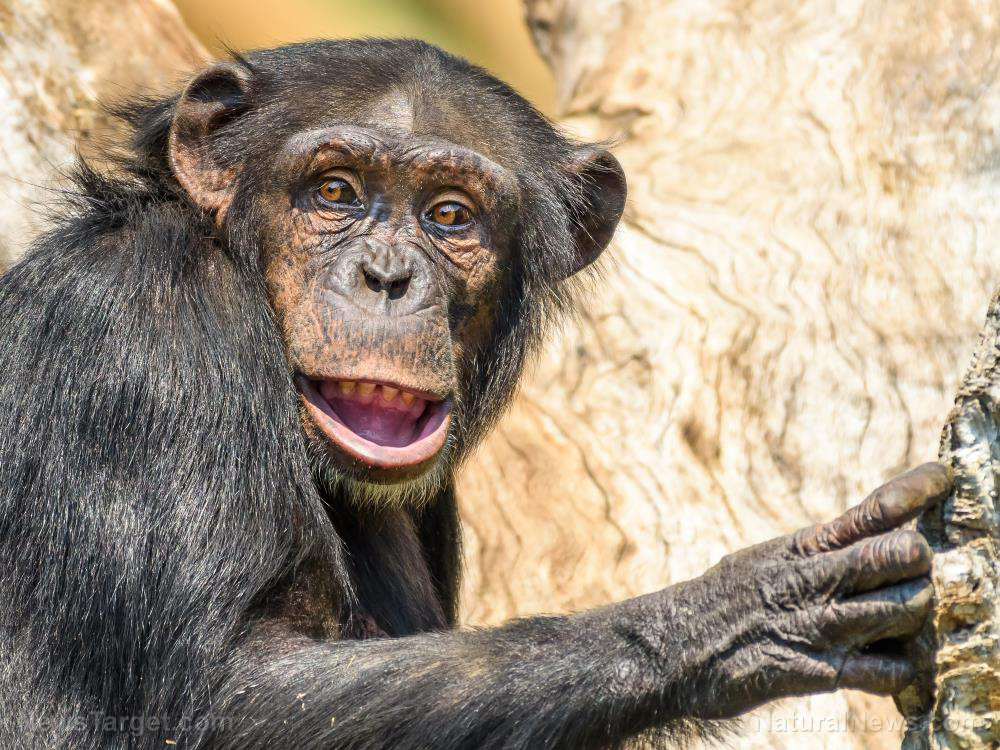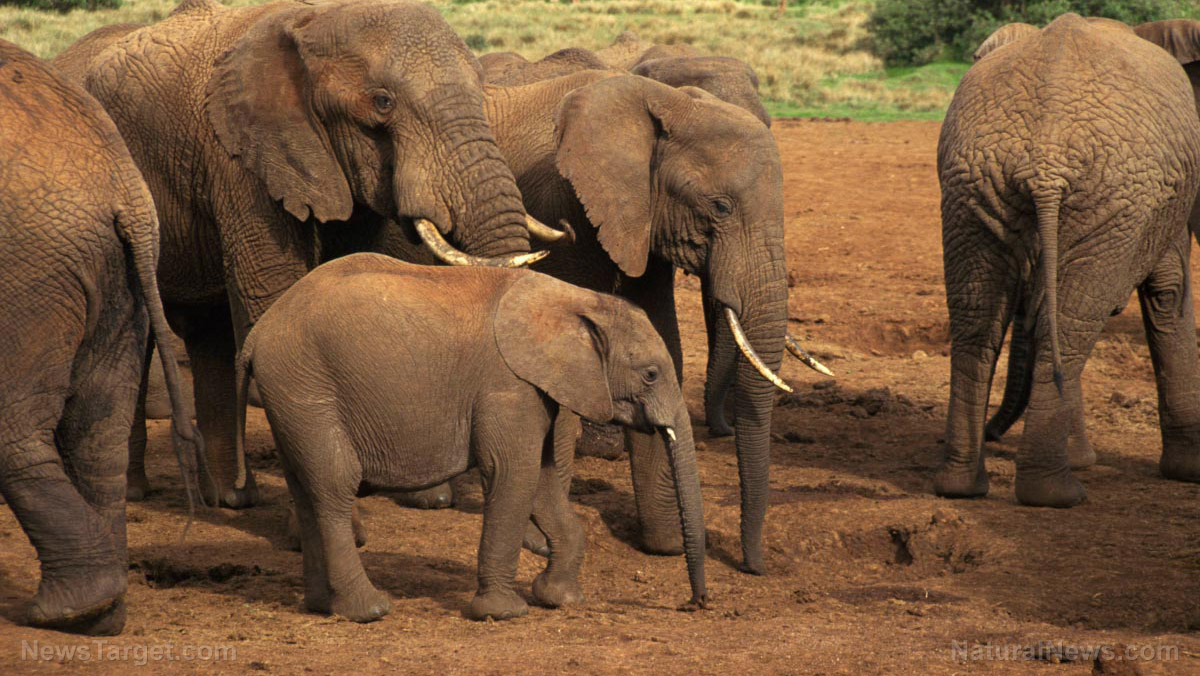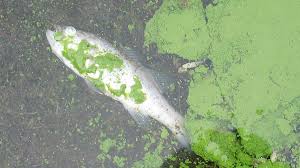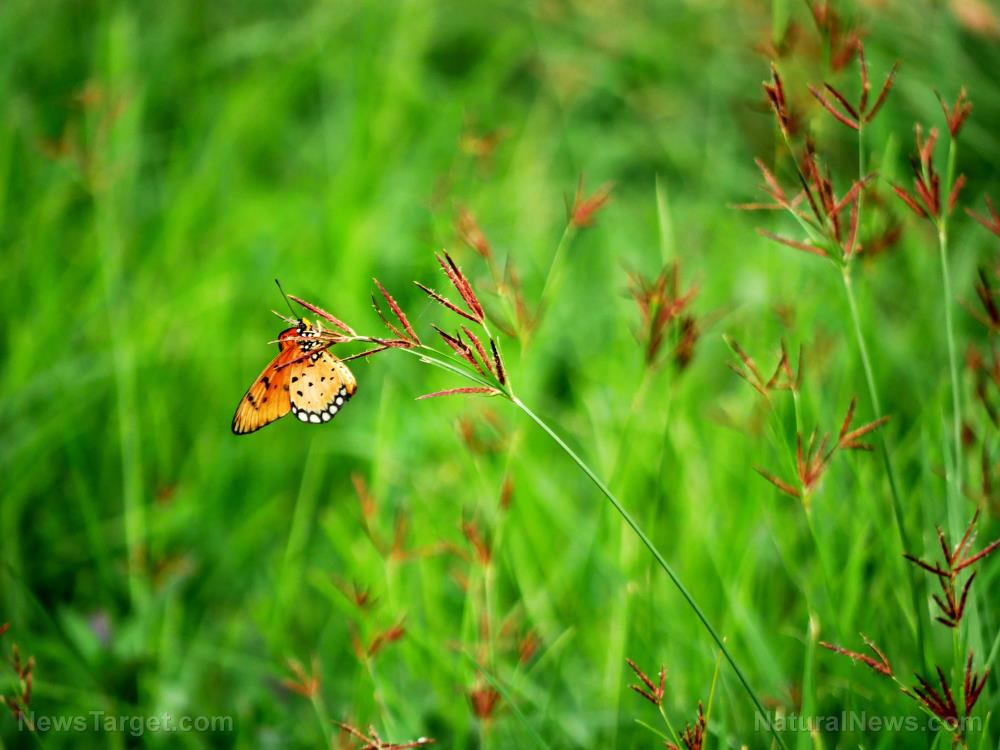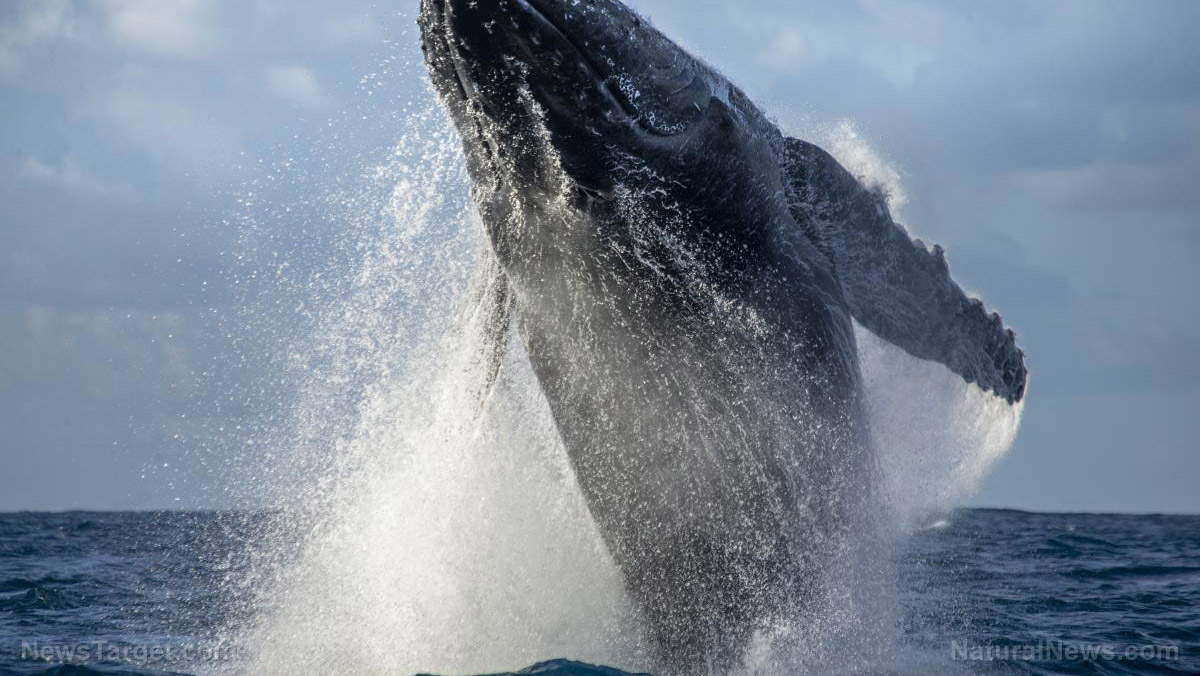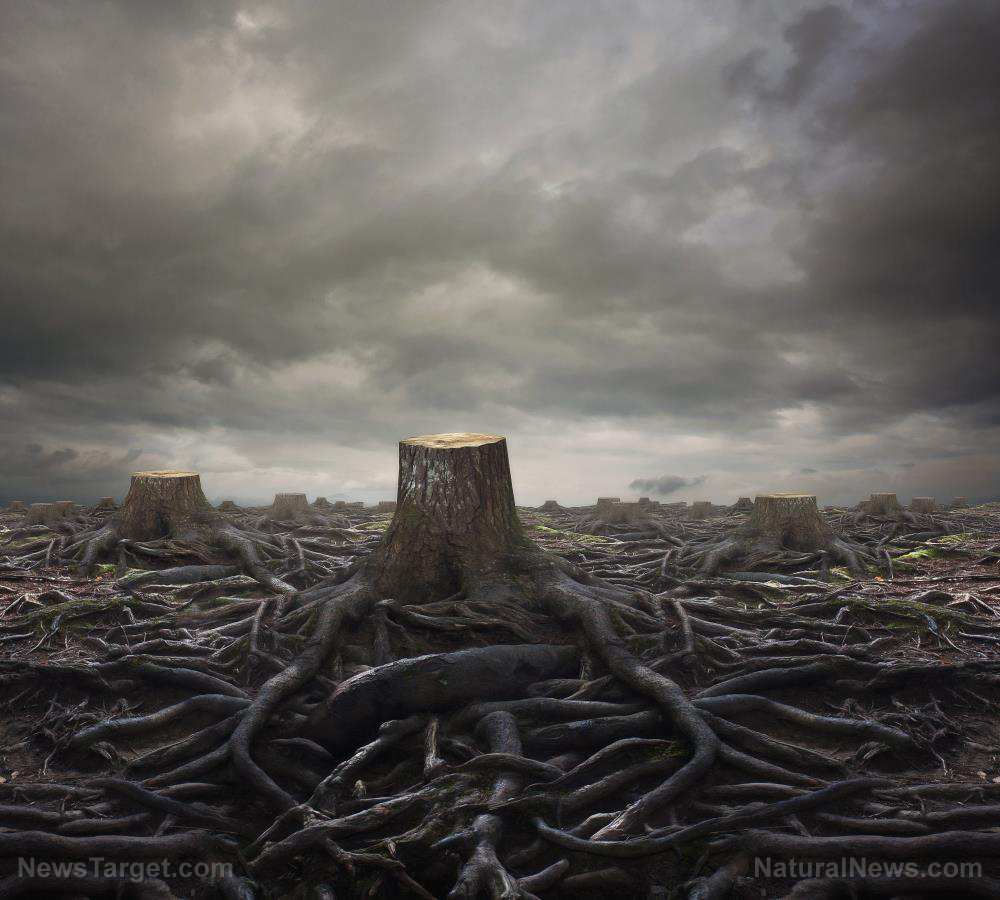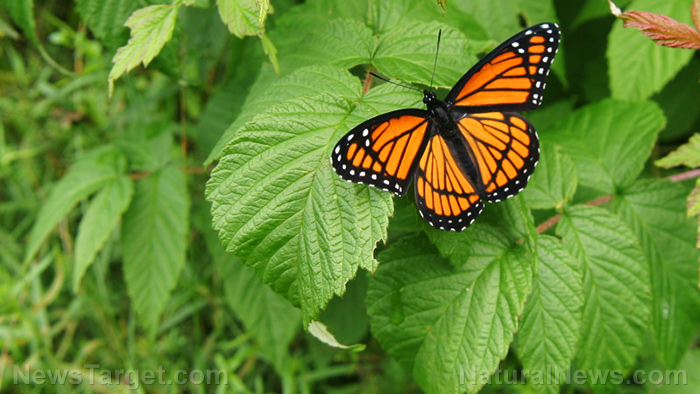Back from the dead: Giant tortoise species deemed extinct for 100 years recently found alive in the Galapagos
08/22/2019 / By Stephanie Diaz
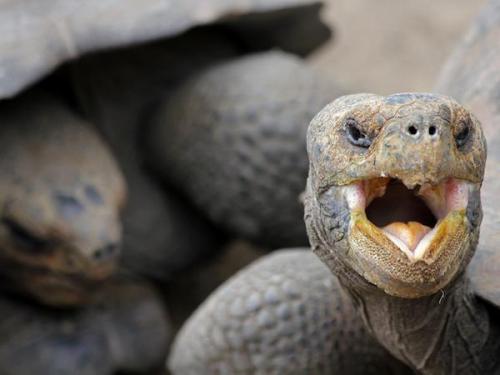
A giant tortoise thought to be extinct was found alive on Fernandina Island in the Galapagos. This particular species of tortoise was last sighted in 1906.
Giant “extinct” female tortoise found by expedition group
The fully grown female tortoise was spotted during an expedition led by the Galapagos Parks Authority and the Galapagos Conservancy Group. The female is believed to be part of Chelonoidis phantasticus species, also known as the Fernandina giant tortoise.
Not much else is known about the female tortoise other than it has a large body, a smooth shell, and a pink head.
Forrest Galante, leader of the expedition, and his team saw the giant tortoise under a stack of leaves.
“As a biologist and someone who has dedicated my life to the pursuit of animals believed extinct, this is by far my greatest scientific accomplishment and proudest moment,” said Galante.
“Much like Lonesome George was an icon of extinction, I believe she can become an icon of wildlife hope. She’s the rarest tortoise, if not animal, in the entire world and one of the largest discoveries in the Galapagos in the last century.”
The threat of extinction is undeniable for these tortoises. These islands used to be home to 14 species of giant tortoises. However, humans in the past have taken over their habitat and hunted them for meat. Now, it is believed that only 10 species of these giant tortoises have survived. (Related: World’s oldest creature living healthy life at 183 years old thanks to nutritious diet.)
A 1964 survey conducted on remote areas of Fernandina Island revealed that there are traces of large tortoise fecal matter around the area. More recently, an unconfirmed sighting of a tortoise via airplane was reported in 2009. Following that were discoveries of fecal matter and footprints in 2013.
These sightings and signs are indicative of the existence of other members of the species. Currently, there are 12 known species of Galapagos tortoise. Each species is from one of the main islands of the Galapagos archipelago. The United Nations Educational, Scientific and Cultural Organization (UNESCO) made the Galapagos Islands a World Heritage site in 1979.
The tortoises of the Galapagos Islands
Only 20,000 to 25,000 wild tortoises currently exist on the islands of Galapagos. They are native to the islands but were exploited by buccaneers, whalers, and fur-sealers. The tortoises can live up to a year without food or water. Unfortunately, once that knowledge was made known to seafarers, they started capturing tortoises for meat. Not only that, but they also exploited tortoises for their oil, which was used to light the lamps of Quito. Centuries of exploitation almost eradicated the giant tortoises. For a while, three species of the giant tortoises faced extinction. Then, in 2002, that number changed when the iconic Lonesome George died; he was the last Pinta Island tortoise.
These tortoises continue to suffer in the Galapagos Islands. The threat of extinction due to human activities are still present. Visitors of the island introduced exotic species which compete with these tortoises for food. Moreover, their eggs and hatchlings are preyed on by rats, pigs, and voracious ants.
Tortoises are nearly as old as dinosaurs. They have survived millions of years because they have evolved and adapted to numerous environmental and ecological changes. However, due to human activities and exploitation, these wonderful species are dying off and facing extinction. Still, there may be hope for these gentle giants if humanity makes a stand to save them.
Sources include:
Tagged Under: animal protection, animals, biodiversity, conservation, current events, Ecology, environment, extinction, Galapagos Islands, giant tortoise, Good news, Lonesome George, tortoise, wildlife
RECENT NEWS & ARTICLES
COPYRIGHT © 2018 EXTINCTION.NEWS
All content posted on this site is protected under Free Speech. Extinction.news is not responsible for content written by contributing authors. The information on this site is provided for educational and entertainment purposes only. It is not intended as a substitute for professional advice of any kind. Extinction.news assumes no responsibility for the use or misuse of this material. All trademarks, registered trademarks and service marks mentioned on this site are the property of their respective owners.

